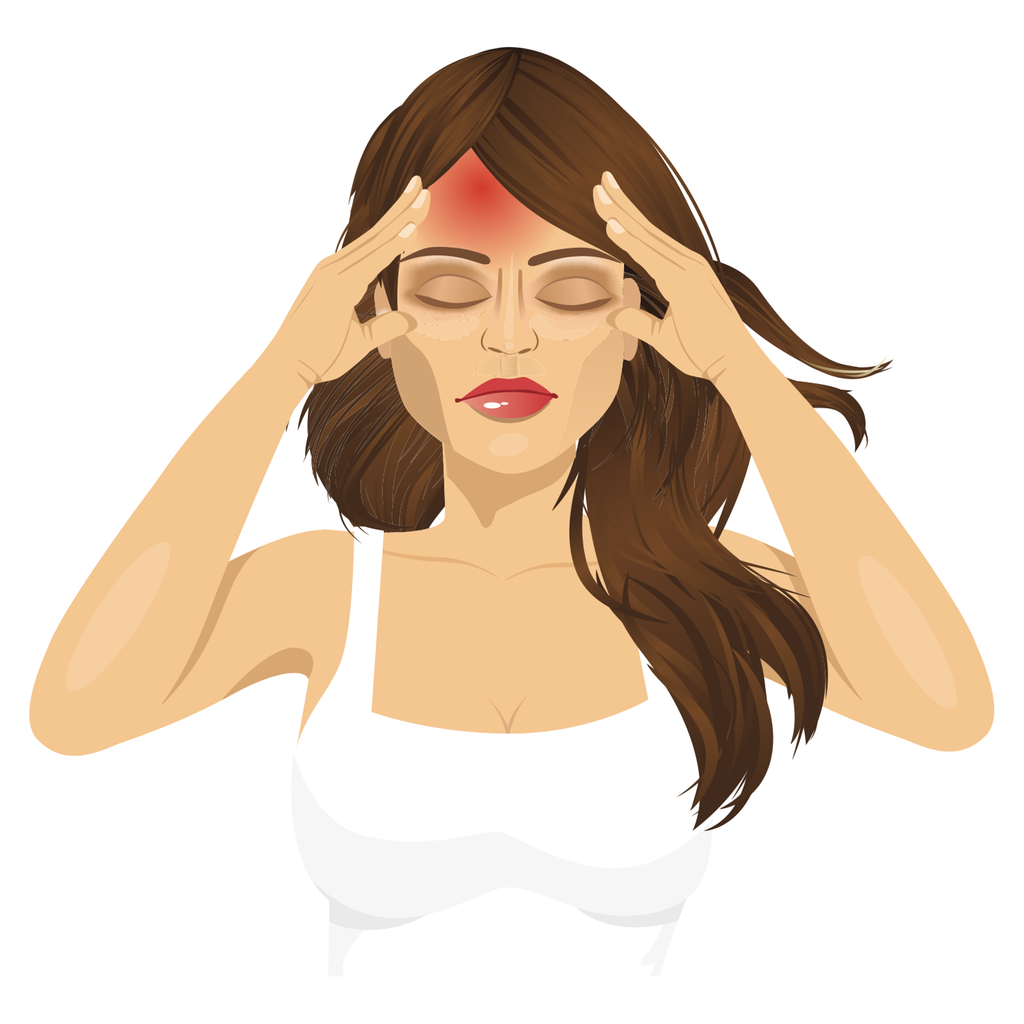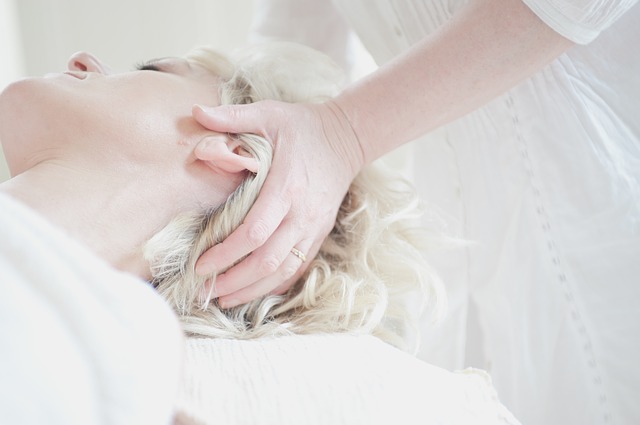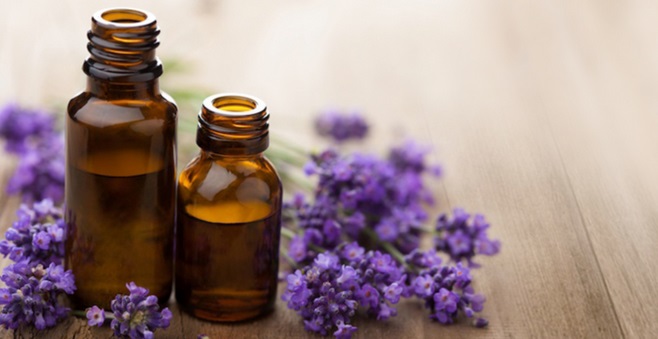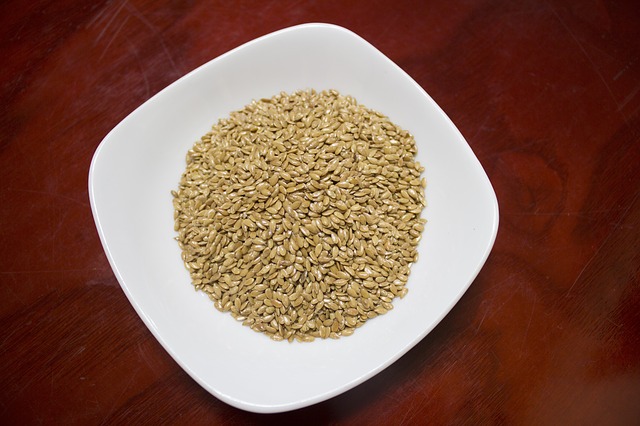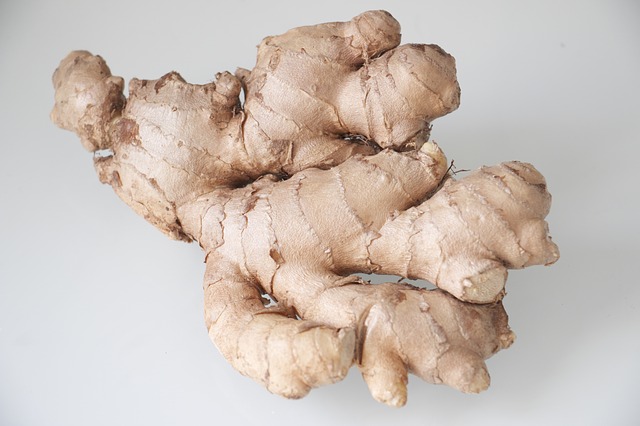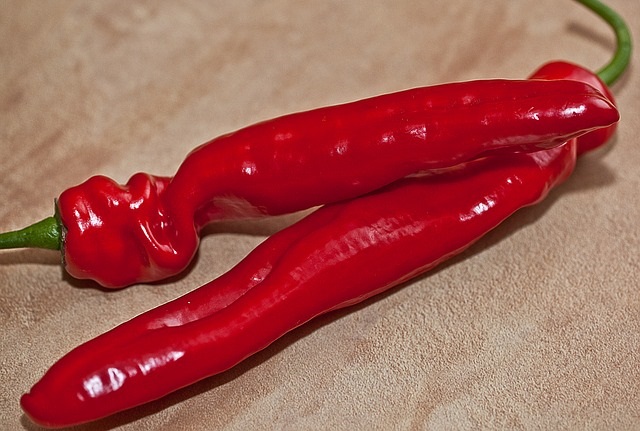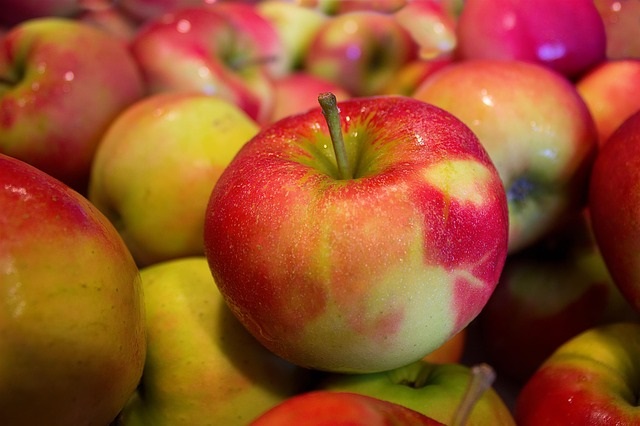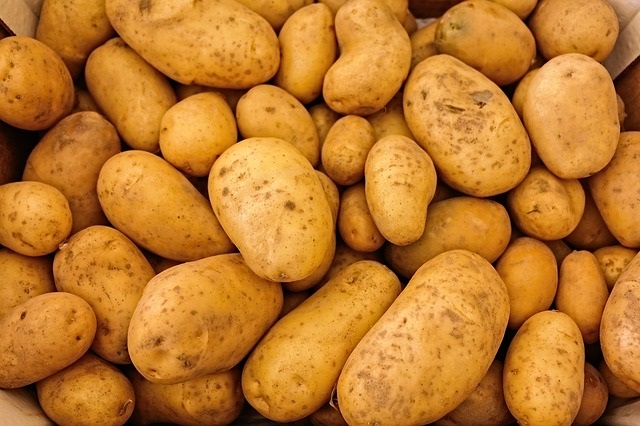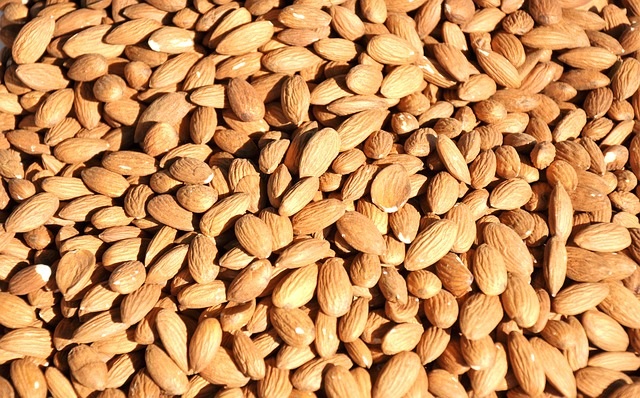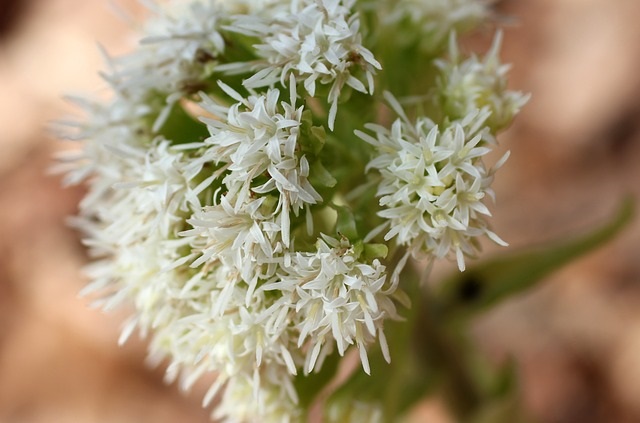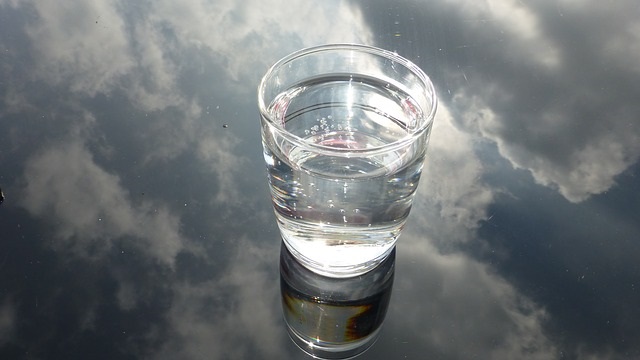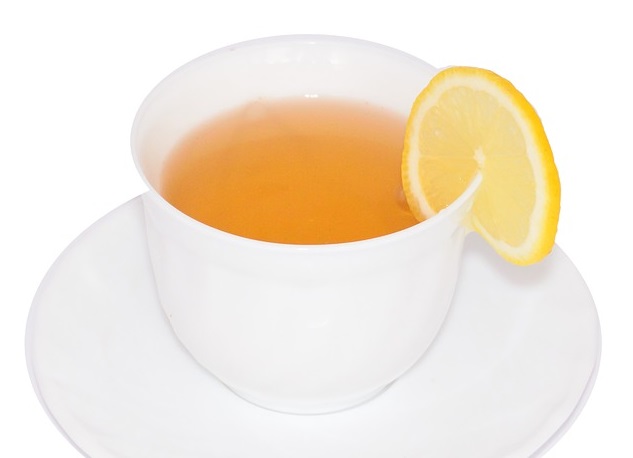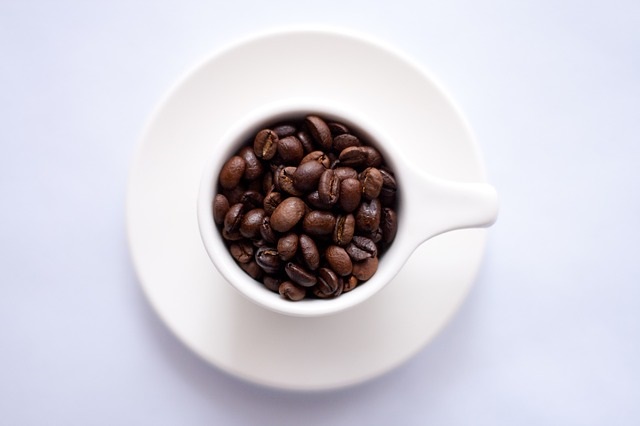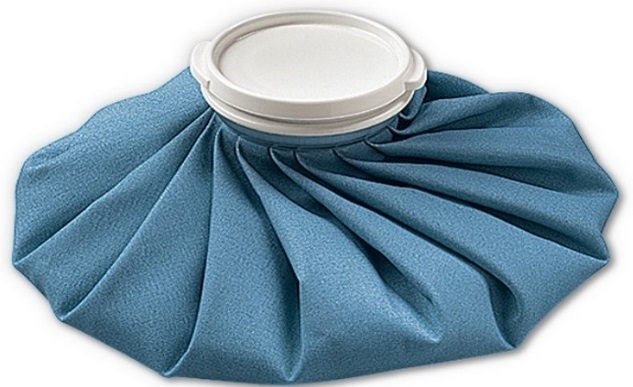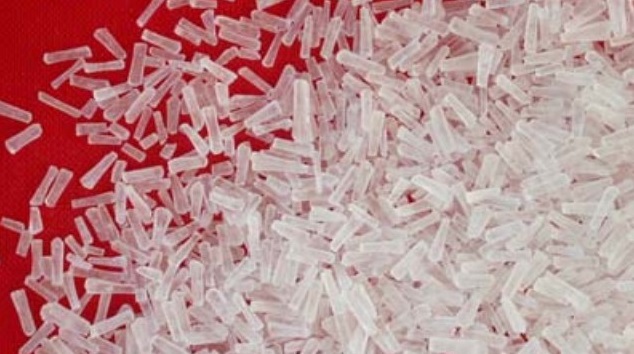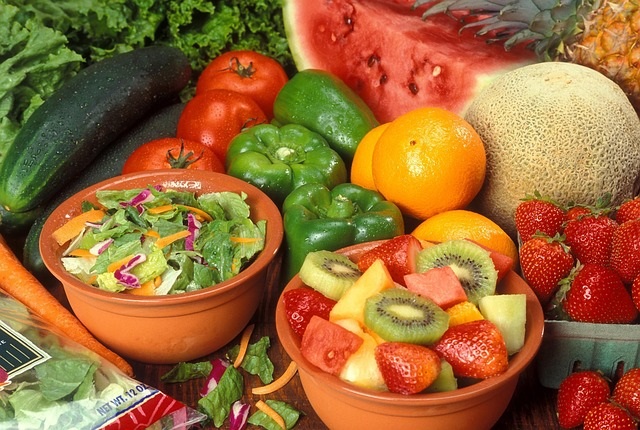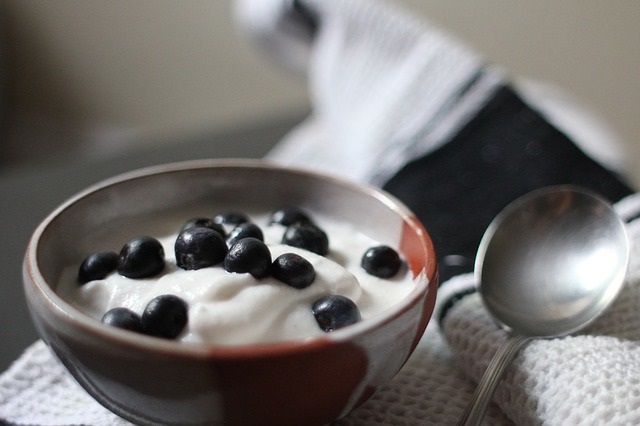How to get rid of headaches without medicine? When dealing with a headache, most rush to the store for over-the-counter pills or prescription drugs. However, there are natural and simple remedies that you can try at home. This article will list down ways to get rid of a headache without medicine. You can find the help by basically looking into your kitchen.
Headache attack can be very detrimental to one’s performance at work or school. It interferes with the family life, work, sleep, school, sports, and even during leisure activities. However, headaches are extremely common. According to MayoClinic, headache refers to the pain in any region in the head whether it concentrates on an isolated portion or on one or both sides. The sharp pain may arise gradually or suddenly and headaches usually last for an hour or for a couple of days.
Why do people get headaches?
Answering this question is of prime importance. Identifying the cause of headaches is crucial to determine the proper action one should take. Some headaches are brought out by stress at work or other circumstances we normally experience, while others serve as symptoms of a more serious condition.
The International Headache Society, according to MedicalNewsToday, classified headaches into two categories: primary headaches and secondary headaches, depending on their causes.
Primary headache is headache caused by over activity of pain-sensitive portions in the head, which include the blood vessels or nerves inside the head, the muscles of the neck or head, and other chemical processes in the brain. Tension headache, cluster headache, and migraine are primary headaches. Other primary headaches include exercise headaches, pain over the scalp, cough headaches, and chronic headaches that occur daily. These are however considered symptoms of certain ailments or underlying diseases. Primary headaches may be triggered by lack of sleep, alcohol, skipped meals, or stress.
The second headache category is the secondary headaches, which are symptoms to a disease that stimulates the pain-sensitive nerves of the head. Secondary headaches vary in severity, which spans from sinus headaches, dehydration, to the more serious blood clot or brain aneurysm. Other secondary headaches include ear infection, concussion, influenza, meningitis, glaucoma, stroke, encephalitis, panic attacks, overuse of pain medication, and many more. Headaches under this category are better attended by the doctors, which is why immediate medical assistance is advised.
For common headaches, overuse of pain medication may lead to a rebound headache. This should not be the problem, because there are other means we can do to ease or cure the headache. We can choose from herbal or natural way of dealing with headaches or migraines. Other people may only require any of the available remedies for a headache, while others need to have a combination of two or more. What is important, again, is to identify the cause of your headache. Here are different possible ways on how to ease a headache without pills.
How to get rid of headaches without medicine
1. Scalp massage
Having headaches can be very uneasy and agitating, worse, if you are at school or at work. There is however a simple and doable way of easing the pain, that is by giving yourself a rewarding scalp massage. When one side or both sides of your head is suffering from the throbbing pain, then it is time to apply pressure on the head. This improves blood circulation to the head and face. Scalp massage can be done by yourself or you can ask someone to do it for you. This way it will be resulting to a more even and concentrated massage. If you are suffering from a tension headache, focus on the focal point which is at the base of the skull that lies near the hairline. Scalp massage should also include giving massage to your face, to the back of the neck, and extending to the base of the skull. It is advised, moreover, to drink water before and after getting a scalp massage especially that the body flushes out toxins after the massage. So keeping yourself hydrated is very important.
2. Aromatherapy
To maximize the effect of scalp massage, you may opt to use essential oils. As in over the counter prescriptions, essential oils also contribute to relieving a headache. Using oil in a scalp massage to treat a headache does not produce any side effects nor does it expose to harmful chemical agents making it safe for the young ones. There are various essential oils available that include peppermint, lavender, and basil. If you are not familiar yet with the above mentioned, then we’ll walk you through with each of them. Most oils are helpful to ease headaches.
Peppermint oil helps regulate and promote proper blood flow in the body through the vessels. Tension headaches are the primary target of this oil because such headaches entail a poor blood flow. Aside from the bloodstream, peppermint oil also clears the sinuses. Remember, sinus headaches are the result of congestion in the sinuses that causes pressure in the head.
On the other hand, lavender oil is used primarily for a migraine pain. It can be applied directly on the head. A migraine headache is attributed to the blood vessels and nerves of the head and neck. The aroma of lavender oil easily eases the pain when inhaled. This can be done by pouring drops of the lavender oil into the boiling water. The vapor of the water and lavender oil concoction or solution helps alleviate a headache pain. Moreover, the powerful scent of basil oil can be helpful when dealing with a headache. Its capability to relax muscles is advantageous to treat headaches brought by tight muscles or tension.
3. Flax seed
Another natural ingredient found at home are the flax seeds. While they are used commonly as laxatives, flax seeds or linseeds are also rich in omega-3 fatty acids. Omega-3 fatty acids are polyunsaturated fats that are essential to the body. They help to reduce the inflammation that causes headaches. And since constipation may also cause a headache, the consumption of flax seeds may treat not only one but both- constipation and a headache. Flax seeds may be consumed in either a ground or oil form. You can add flax seeds to your oatmeal, soup, smoothies, or pasta.
4. Ginger root
Ginger has been used as a natural herbal remedy for many treatments,it is also considered as one of the most reliable headache remedies. Aside from its basic use in the kitchen as an ingredient for recipe, ginger root is also impressed with medicinal properties. Drugs are normally considered as the immediate go-to when trying to inhibit the inflammation or pain. During prostaglandin synthesis, fat or lipid compounds are produced in the cells. These fatty compounds are responsible for mediating inflammation. But of course, you can prevent the use of drugs by using a natural and safer alternative which is the ginger root. This finds greater importance for treating a headache, especially when nausea is involved with a headache pain. Also, a ginger root is a popular remedy when you want to effectively combat vomiting. One can munch on a slice of ginger root or make a tea or beverage out of it.
5. Cayenne
The pain from an unrelenting headache can easily turn your day upside down. When headache is only a symptom or incidental to the main ailment, things turn worse. An immediate pain reliever is what we always rely on. But there are natural remedies to ease a headache aside from medicine, one of which is cayenne pepper. Cayenne, a perennial shrub, holds capsaicin. Capsaicin depletes a neurotransmitter called substance P, a pain-inducing chemical that sends pain signal to the brain. Therefore, transmission of pain stops. Mix cayenne pepper in warm water using a cotton swab. Then, apply the moist swab into the nostrils until you feel the heat. The antibacterial properties of cayenne also mitigate the growth of bacteria or disease, of which headache is a symptom. Aside from applying a solution to the nostrils, you can also mix it with warm water for drinking.
6. Apple
The saying, “An apple a day keeps the doctor away” might just be true in the case of a headache. This may come as a surprise to others, but yes, apple can naturally cure or at least alleviate the headache pain. The capability of apples to treat a headache is derived from the fact that apples can restore the alkaline and acidic balance in the body. The aroma of green apples, likewise helps reduce the pain from a headache. So don’t wait for your headache to become worse. When you feel like you are having one, immediately slice one apple and eat it. As an alternative, one can use the apple cider vinegar and reap the same benefits from steam-style process.
7. Potatoes
Yes, potatoes make crispy fries and sweet and creamy mashed potatoes. But more than that, potatoes are also good remedy for headache. There are various causes of headache and if you are suffering from one resulting caused by an alcohol hangover, then potatoes must be right for you. Drinking alcohol does not only dehydrate the body, it likewise eliminates potassium. Potassium is needed by the body to send electricity to the organs, cells, and tissues in the body so the same could function properly. Potassium may help alleviate headache arising from alcohol. Potatoes, specifically baked potatoes, contain higher amount of potassium than regular banana.
8. Almonds
We know that almonds are definitely tasty and nutritious. But aside from that, almonds are also found to be good cures for headaches, basically for two main reasons. First, almond is a rich source of magnesium with 67% of the daily-recommended intake per 100 g of serving. Magnesium significantly relaxes the blood vessels, thereby protecting you from a severe headache. The second reason lies on the salicin contained in almond nuts. Salicin is often used as a pain reliever. Aside from relaxing the blood vessels, almonds also reduce or ease the pain from a headache. Next time when you suffer from a headache, eat a handful of almond nuts.
9. Butterbur
Butterbur has long been acknowledged as a remedy for skin allergies, asthma, and headaches. This perennial shrub belonging to the daisy family holds petasin and isopetasin. These are substances that reduce inflammation, which in turn reduce headaches and prevent migraines. Aside from its anti-inflammatory properties, it also normalizes blood flow to the brain, which likewise reduces spasms. Since butterbur is not yet considered as a pharmaceutical drug, users must also consider the possible side effects of this remedy.
10. Water
In most cases, a headache may indicate dehydration. The fact that we don’t drink the right amount of water our body needs each day, results to reduced oxygen and blood flow to the brain. As soon as the pain in the head starts to appear, immediately head for a glass of cold water. Keep a bottle of cold water next to you to normalize the flow of both oxygen and blood. Also, drink water after consuming alcohol or other beverages that dry you out like coffee and sugar-filled drinks. Another good alternative to water are fruits rich in water like watermelon. Aside from being filled with water, watermelon is also a good source of magnesium, an essential element that eases the headache. Other foods high in water are cucumber, tomatoes, and berries.
11. Tea
Apart from water, another refreshing drink to relieve a headache is tea. There are different types of teas that are great for treating headaches. Commonly used are green tea, chamomile tea, ginger tea, and cinnamon tea. Teas are effective in soothing tension and relieving pain. The minimal quantity of caffeine found in every cup of tea boosts energy and at the same time contains pain-relieving properties that do the same job as painkillers. The combined anti-inflammatory and antispasmodic properties of tea will effectively kill the pain. Furthermore, the scent of the tea provides additional relaxation.
12. Coffee
As mentioned earlier, caffeine is indeed effective in alleviating the pain from a headache. Truth is, coffee helps reduce the size of the blood vessels, which is the reason why it is okay to drink coffee. But because coffee causes dehydration and may intensify the headache, consumption of coffee must be limited.
13. Hot or cold compress
Another simple remedy for headaches is applying a hot or cold compress. These compresses vary according to the nature of the headache. If the headache originates from expanding blood vessels then a cold compress is suggested. A cold compress slows down the blood flow, thereby reducing the inflammation. Meanwhile, a hot compress is recommended for headaches caused by anxiety or tension. Also, you can take a cold or a hot bath. Add in essential oils to make it more relaxing.
14. Avoid MSG
One effective way to combat a headache is to avoid food with monosodium glutamate (MSG). This could be another surprising news for many, but food with MSG has tendency to trigger a headache or migraine. The reason is that because MSG can excite our neurons. Foods containing MSG are mostly processed or canned goods. Avoiding foods with MSG does not only prevent a migraine, it also promotes a healthy lifestyle.
15. Relaxation exercises
If we come to think of it, common headaches and even migraines are caused primarily because of stress, fatigue, or anxiety. And aside from healthy diet, there could be no other better way to lose the stress but to workout regularly. Among the several benefits of exercising is to reduce stress and muscle tension that is built up by overwork. Give yourself a break, engage in a regular exercise like swimming, biking, and brisk walking. These aerobic exercises minimize the frequency and severity of a headache or migraine. Working out releases endorphins, which can take your mind off the discomfort and pain.
Aside from aerobics, meditative exercise such as yoga can also relieve and even prevent a headache. Yoga incorporates meditation, proper breathing and posture that promotes relaxation of the body and mind. Yoga also limits the intensity and frequency of a headache. Yoga allows your muscle to stretch out, which alleviates the pain you feel. To maximize the effect of a workout, one should not skip the warm up and cool down. Allow your body to stretch before and after exercise. Otherwise, you are more prone to headaches.
16. Diet change
There are foods that trigger headaches such as dairy, chocolate, food rich in nitrates and MSG. Instead, fill up yourself with foods that are high in magnesium and vitamin B2 or Riboflavin like vegetables and fruits.
17. Yogurt
The body, including the brain, needs to be replenished with essential minerals. To maintain the brain’s efficient functioning, it needs calcium. Consumption of calcium-filled foods like yogurt is a great way to refuel the brain. There are several foods high in calcium. Plain yogurt however is recommended because it has no added sugar. Apart from that, yogurt offers probiotics that assist the body in recovery especially when medicines brush off the good bacteria.
18. Rest
When suffering from a headache, give yourself time to recover by taking a good rest or sleep. In most cases, a headache or migraine is caused by overwork, forcing yourself to work more will only aggravate the condition. Instead, find a quiet place where you can take a nap or sleep to relax your mind and muscles. Most of the time, headaches disappear after the right period of rest. However, it is also important to remember that both deprivation of sleep and oversleeping may still cause a headache. It is recommended to sleep seven to eight hours at night.
19. How to avoid headaches
- Avoid stress by staying organized and keep yourself from multitasking and overthinking.
- Get enough sleep in a dark and quiet room. Try to set a consistent sleeping schedule to fix your body’s clock.
- Eat regularly and healthy.
- Keep hydrated.
- Exercise regularly.
References:
http://www.americanheadachesociety.org
